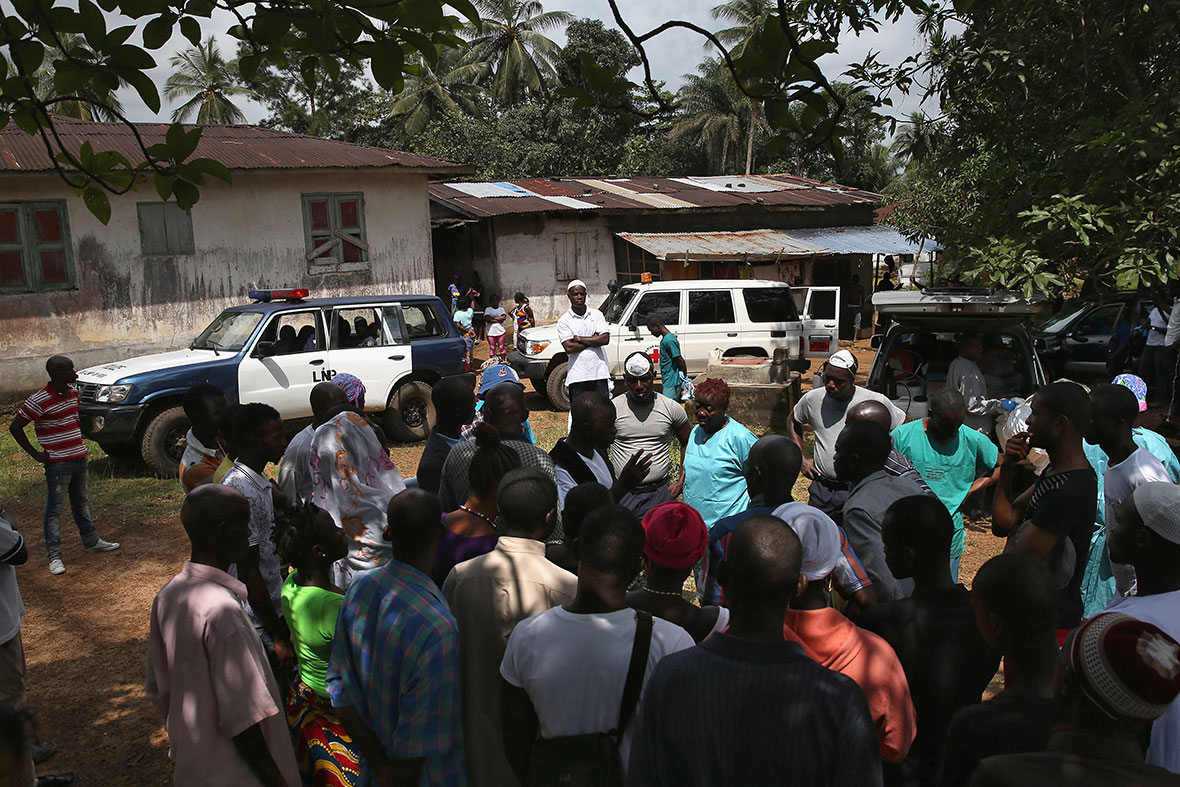
The death toll from flooding and landslides in the Philippines wrought by tropical storm Jangmi rose to 53 on Wednesday, officials said, with some regions saying they were caught off guard by the deluge.
In Catbalogan town in Samar province 19 people died in a landslide that left homes and vehicles buried under rocks and mud, local Mayor Stephany Uy-Tan said, adding that the town had been surprised by the landslide.
“We did not expect a deluge. We thought the hill where the landslide hit was tough as rocks,” she told AFP.
“There was no evacuation, people were just advised to prepare for possible landslides,” she said. “We need to check communication systems to find out what went wrong.”
Jangmi affected 121,737 people, of which 80,186 are in evacuation centres, according to the national disaster monitoring agency, which said that 53 people were killed overall.
The storm’s death toll was nearly triple that of the last major storm to hit the country, Super Typhoon Hagupit, earlier this month.
Hagupit, with winds of 210 kilometres (130 miles) per hour, sparked a massive evacuation effort as it brought back memories of the strongest storm ever to hit the country, Super Typhoon Haiyan, whose 230-kilometre per hour winds left 7,350 dead or missing in 2013.
In Misamis Oriental province, floods flattened rice and corn fields resulting in an estimated USD 9 million in damages, Governor Yevgeny Emano told.“We were caught by surprise, we didn’t expect that we would be hit by the eye of the storm,” Emano said, although he noted he had received some warnings.
In Leyte — the province worst-hit by Haiyan — the rains brought landslides and floods that closed off major roads, Governor Leopoldo Domenico Petilla said.
Mina Marasigan, the national disaster monitoring agency’s spokeswoman, defended the government’s handling of the storm saying weather warnings were sent out even as Jangmi was still forming over the Pacific Ocean.
“Maybe people underestimated the situation because it’s a tropical depression, not a super typhoon. They dismissed it as weak,” she said.
“We need to study what happened in this storm closely and find ways for the public to better understand storm warnings,” Marasigan added.
Most of the deaths were reported Tuesday in the eastern and central islands, including areas that were devastated last year by Typhoon Haiyan, which killed over 6,300 people. Five bodies were recovered from a house buried by a landslide in Tanauan town, eastern Leyte province, which suffered extensive damage during Haiyan.
Tuesday’s deaths included 12 people caught in a landslide near eastern Catbalogan City, according to the AP. Among the victims were people trapped in two vans and six homes when the landslide hit.
The storm, known locally as Tropical Storm Seniang, made landfall early Monday morning on the east coast of Mindanao, the Philippines’ southernmost and second largest island. Flooding on Mindanao wiped out several highways and bridges. Evacuation centers were inundated with thousands of people seeking shelter from the storm. Jangmi then marched northwest across the Visayas, a collection of islands circling the Visayan Sea. The heaviest rainfall was felt in the central Philippines, according to Weather.com.
Rough seas on Monday kept nearly 13,400 people stranded on the islands, where ferries are a primary mode of travel. Warnings remained in effect Tuesday as the storm made its way toward the South China Sea. Meteorologists expected the storm to move beyond the Philippines by New Year’s Day. Jangmi could reach southern Thailand and northern Malaysia by Saturday, according to NASA’s Goddard Space Flight Center.
More than 3.9 million people were forced from their homes in November 2013 after Typhoon Haiyan ripped through the islands. Tens of thousands of people were injured in the storm, widely considered one of the strongest storms to ever make landfall, according to CNN.
Wednesday 31 December 2014
http://www.ibtimes.com/tropical-storm-jangmi-31-dead-philippines-rains-bring-flooding-landslides-islands-1769672
http://indianexpress.com/article/world/asia/philippines-jangmi-storm-kills-53-people/






